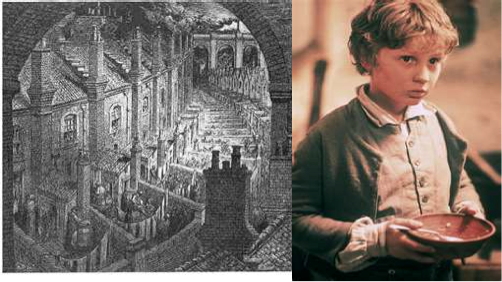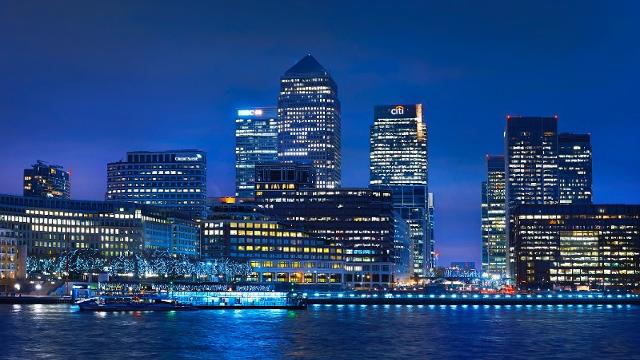National Government and Regeneration
Government
Infrastructure investment
- Addressing issues of accessibility is seen as key for maintaining economic growth.
- Infrastructure projects= expensive and longevity (why government funding is needed)
- Since 1980s increasing privatisation and partnerships between government and private financers.
- Private sector- design, build, run/ maintain public sector assets in return for long-term payments or profits.
HS2
Docklands
The Docklands in London has changed dramatically.
- The east end of London has been perceived by some as the more ‘working class’ area of London. It has been portrayed as having problems of crime, vice, class-conflict, issues with migration and poverty.
- London’s workforce traditionally lived in the East End of London to work in the docklands and supporting industries. For nearly seventeen years, between July 1981 and March 1998, the London Docklands Development Corporation (LDDC) worked to secure the regeneration of the London Docklands,
__For example: __
Physical factors :
Canary Wharf, only three miles from The City, was conceived in the 1980s as a solution to rising rents in central London.
Accessibility:
The DLR opened 1987. It cost £73 million. This railway now operates a full service. However, in the late 1980s, the DLR service stopped in the evenings and had a limited service at weekends.
The Jubilee Line opened in 2000.
Local and national planning:
Docklands Housing – Over 50,000 new homes have been built since 1981. 8,000 local authority homes have been improved since 1981.
Historical development:
The Enterprise Zone was set up on the Isle of Dogs to attract new business investment.
Companies that moved to the Enterprise Zone were entitled to 10 years’ rate free and a fast track planning procedure.


